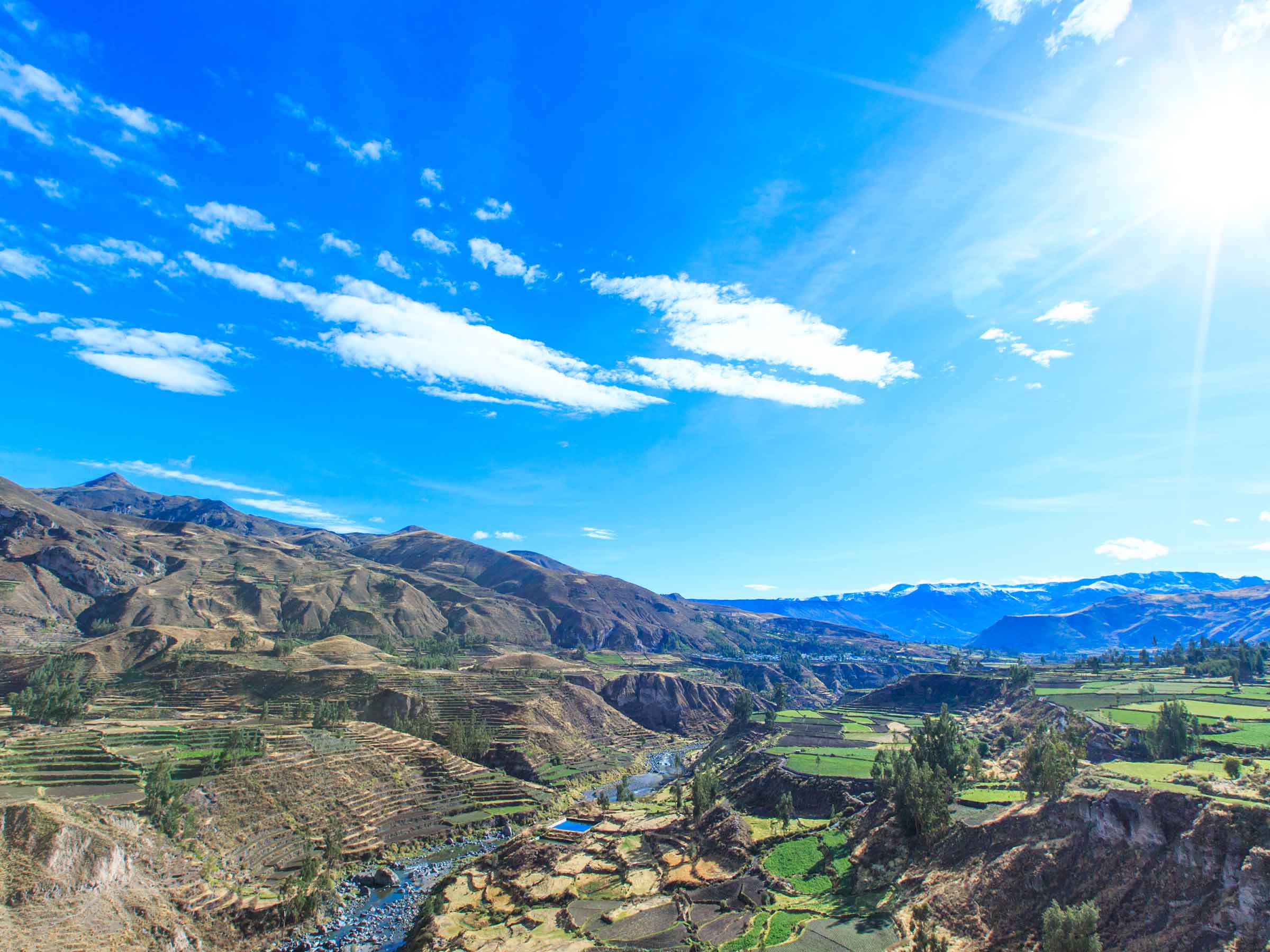Ollantaytambo sits in its namesake district of Urubamba (Sacred Valley Peru Tour), drawing thousands every year. You might think it’s just a train stop en route to Machu Picchu. But no—this place holds its own.
Its Inca urban plan remains almost untouched. Blocks line up as they did centuries ago. And yep, that’s why you end up hanging around longer than you planned.
Getting There
Two main routes.
• Chinchero road by van or private car—about 1h 30m from Cusco.
• PeruRail train straight into Ollantaytambo station.
Grab a taxi downtown or catch a colectivo. If you want the full vibe, start your ride at an earlier station and settle in for the views.
Must-See Spots
Terraces
First glance: rows of andenes climbing the mountainside. You see them from far off—giant stone steps where crops once grew.
Intihuatana
High above the Sun Temple, this Inca sundial marks the sun’s path. Deep holes—around 80 cm—pierce its sides. A living calendar carved in rock.
Royal House of the Sun
Seventeen wide terraces stack above the town plaza. Straight stairs, flat platforms. It still feels like the center of an Inca city.
Sun Temple
Not everything survived. What’s left are massive pink granite blocks—some weigh up to 67 tons. They’ve stood firm against time and looters. Kinda like a stone fortress, minus the roof.
Monumental Cover & 10-Niche Enclosure
Here you find just the foundations. Conquistadors pulled down the wall ages ago. Now you can trace its outline—silent, incomplete.
Bath of the Ñusta
Also called the Princess’s Bath. Three parallel water spouts feed a small fountain. Proof the Incas mastered hydraulics. Water wasn’t just decoration—it was sacred.
Tourist Ticket Info
You need the Cusco tourist ticket (Boleto Turístico). Two ways to get it:
- At Av. El Sol 103, Cusco (Galerías Turísticas, Office 101)
- Right at the site entrance
Partial or full pass—it’s up to you. Full tends to cost less than buying separate entries.
Still amazed? Then don’t wait. Ollantaytambo isn’t just a stop—it’s reason enough to change your plans. Go see for yourself!


